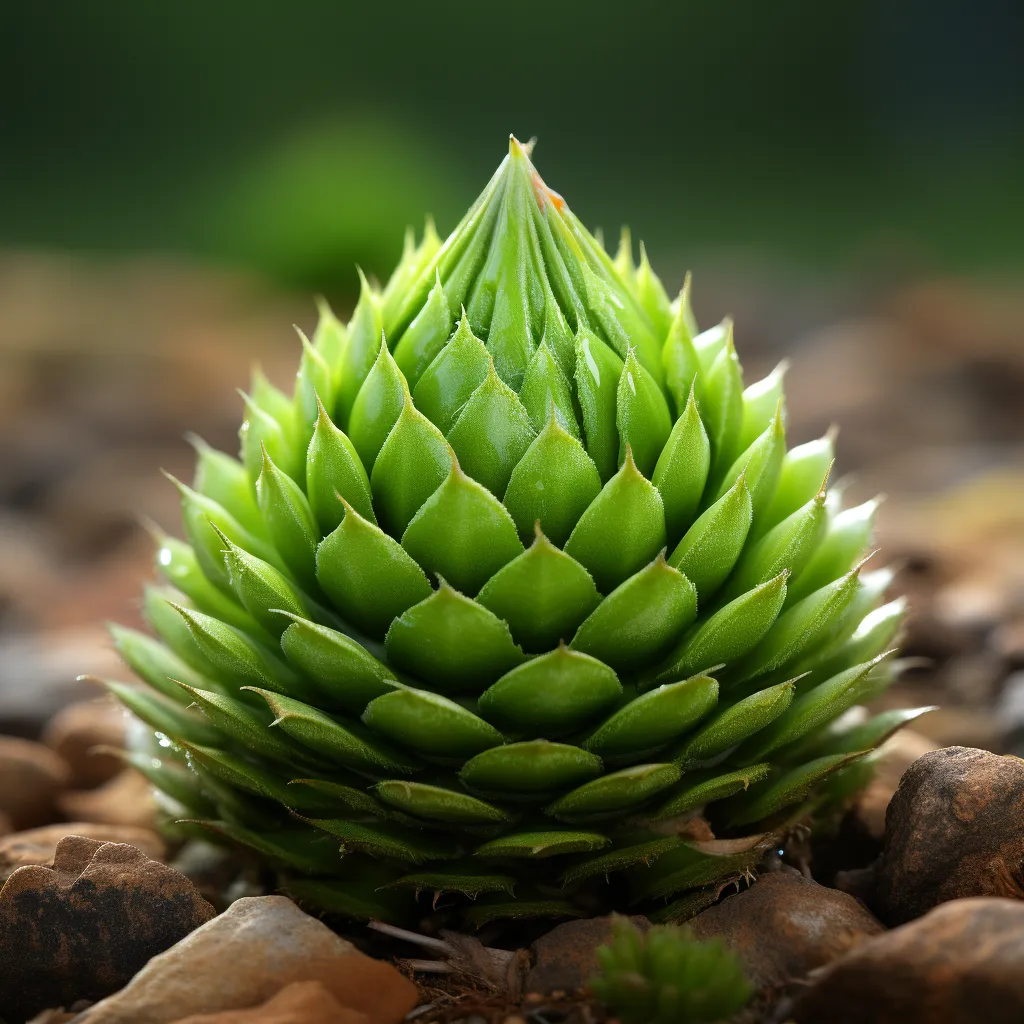Story of Day :
Contents
Haworthia Retusa (Star Cactus) Plant Care Tips to Keep Your Garden Blooming
If you’re a plant lover, you probably already know that there are thousands of species out there waiting to be discovered.
One such intriguing plant is Haworthia retusa, commonly known as the star cactus.
With its unique shape and low maintenance requirements, this succulent is a great addition to any garden or indoor collection.
Introduction to Haworthia Retusa
Haworthia retusa is native to South Africa and belongs to the Asphodelaceae family.
Its distinctive star-shaped rosette of thick triangular leaves with translucent tips make it an eye-catching choice for both novice and experienced gardeners.
Lighting Requirements

When it comes to lighting, Haworthia retusa thrives in bright but indirect sunlight.
Placing it near a window where it can receive filtered light throughout the day would be ideal.
Avoid exposing this succulent directly to intense sunlight as it may scorch its leaves.
Tips:
- Use sheer curtains or blinds for moderate light filtration.
- Avoid placing the plant in direct sunlight during the hottest hours of the day.
- Rotate your pot periodically for even growth on all sides of your plant.
Temperature and Humidity Requirements
In terms of temperature, Haworthia retusa prefers warmth but can tolerate a wide range from 60°F (15°C) up to 85°F (29°C).
However, sudden temperature variations may cause stress or damage its leaves.
Additionally, this succulent thrives in average humidity levels typical of most homes and gardens.

Tips:
- Keep your Haworthia retusa away from drafty areas, such as open windows or air conditioning vents.
- If you live in a region with extreme temperatures, consider bringing your plant indoors during harsh weather conditions.
Watering and Soil Requirements
Haworthia retusa has specific watering needs that help mimic its natural environment.
It’s essential to water this succulent sparingly and allow the soil to dry out between each watering session.
Overwatering can lead to root rot or other issues.
A well-draining soil mix is crucial for Haworthia retusa’s well-being.
A combination of regular potting soil with perlite or pumice will provide the necessary drainage while retaining some moisture for the roots.

Tips:
- Water your Haworthia retusa when the top inch (2.5 cm) of soil is dry – usually every two weeks in moderate temperatures.
- Avoid getting water on the leaves, as it may cause rot or leave unsightly marks.
Fertilize sparingly during spring and summer months using a balanced succulent fertilizer diluted to half strength.
Pest Control
Haworthia retusa is generally resistant to pests but may occasionally encounter spider mites or mealybugs.
Regular inspection and early detection are key to preventing infestations from spreading throughout your garden or indoor collection.
If you notice any signs of pests, such as webbing, tiny white cotton-like clusters, or discolored leaves, act promptly by isolating the affected plant and treating it with an appropriate insecticidal soap solution according to package instructions.
Tips:
- Regularly inspect your Haworthia retusa and nearby plants to catch any pests early.
- Isolate a plant if you suspect an infestation to prevent it from spreading.
Propagation
If you wish to expand your collection or share the joy of growing Haworthia retusa with friends, propagation is a great option.
This succulent can be propagated through offsets, leaf cuttings, or seeds.
Offsets are small plantlets that grow around the base of the parent plant and can be carefully separated and replanted.
Tips:
- Gently remove offsets when they have developed their own root system.
- Allow leaf cuttings to callus for a few days before planting them in well-draining soil mix.
Note that propagating from seeds may take longer but offers greater genetic diversity in your collection.
Closing Thoughts
Haworthia retusa, with its captivating star-shaped rosette and easy care requirements, is an excellent choice for both indoor and outdoor gardening enthusiasts.
By providing proper lighting conditions, temperature control, watering regimen, pest prevention measures, and propagation opportunities – you’ll ensure the health and longevity of this unique succulent species in your garden or home collection.
So go ahead! Add some stardust to your green oasis with Haworthia retusa!